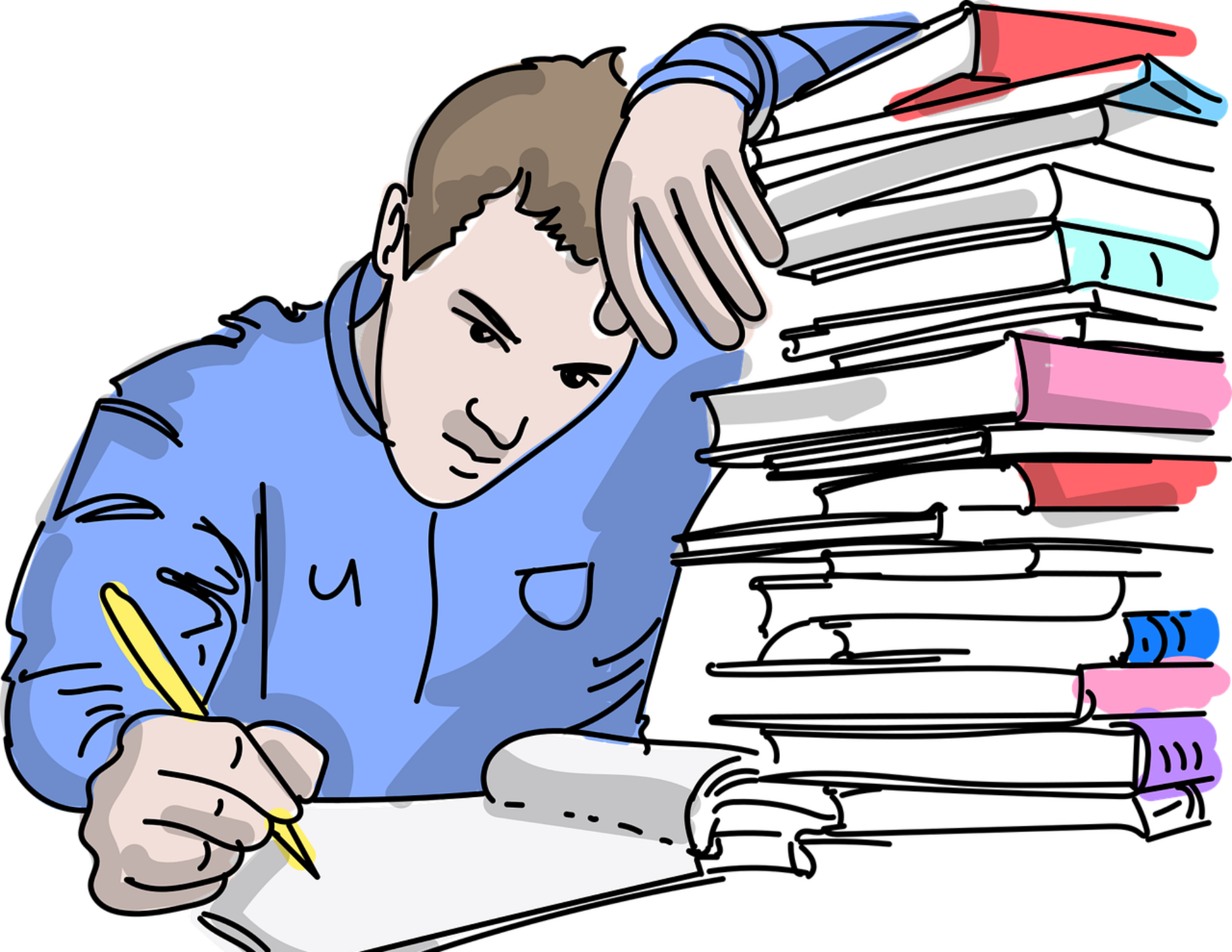Uppsats Engelska B, literary essay.
Seldom is the cruel struggle for freedom so clearly displayed as in The Awakening, by Kate Chopin and Narrative of the Life of Frederick Douglass, by himself. To study the struggle for freedom by reading the two novels separately is to view it with a looking glass. But by observing the same problem by comparing and contrasting them is to view it through a microscope. By observing the dilemma from two completely different angels a picture emerges. A picture of two characters fight for independence; one literary enslaved, and another who struggles with invisible chains. They reveal how some chains may seem concrete, unbreakable but may still not be as severe as the internal, abstract, inner chains who, for some, are impossible to break. After closing the slave narrative the reader experiences a sense of hope; a feeling that anything can be achieved. Whereas The Awakening leaves nothing but despondency. The message conveyed is that freedom is not for everybody, the cruelty of life will simply not allow it.
Frederick Douglass are in the most subhuman way enslaved, literary chained, degraded, withheld from any kind of human decency. Condemned to be a slave for life. Whereas Mrs. Pontellier is on the surface free as a bird. She is living the good life in the fashionable French Quarter in New Orleans, with a wealthy husband, and two healthy children. Still she feels constrained in a marriage without love; restricted by the obligations that come with children. Imprisoned in a life without passion. She too is enslaved.
It is possible to see early in the novels who would reach freedom, and who would fail only by observing the two characters different approaches to their emancipation. Douglass chooses an active approach. After having heard his master utter: ”If you teach that nigger how to read, there would be no keeping him. It would forever unfit him to be a slave” (p 47) he is convinced that literacy is the tool of emancipation. Because Mr. Douglas understands that the struggle for freedom must begin within. And words are the tools for thought. Mrs. Pontellier too looks for a way to freedom by finding it within; in art. She begins to paint. It rejuvenated her spirits: ”She could hear again the ripple of the water, the flapping sail, she could see the glint of the moon upon the bay. A subtle current of desire passed through her body, weakening her hold upon the brushes and making her eyes burn.” (p 84). However she, chooses a more passive, introspective, perhaps more female approach.
In order to gain personal freedom Mrs. Pontellier chooses to be unruly to her husband and her role as a woman. She also neglects her role as a mother and a housewife: ”she made no ineffectual efforts to conduct her household en bonne ménagère (as a good housewife), going and coming as it suited her fancy, and, so far as she was able, lending herself to any passing caprice.” (p 82). Her husbands response is: ”It seems to me the utmost folly for a woman at the head of a household, and the mother of two children, to spend in an atelier days which would be better employed contriving for the comfort of her family.” (p 83). Her only reply to arguments like that is to ignore him or simply asking him to go away. She is courageous enough to defy the 19:th century view on how a woman should be and act.
Still, she never manages to find true freedom. Because the inner chains are too hard to break. And perhaps even more importantly because she stands alone. Not even her friends symphatizes with her problems. For example: when she reveals her plans of acquiring a house of her own as a step towards emancipation: ”I know I shall like it, like the feeling of freedom and independence” (p 113) her friend mademoiselle Reisz shakes her head and replies: ”Your reason is not clear to me” (p 113). Mrs. Pontellier stands virtually alone in her struggle for freedom. And perhaps the fact that her problems are so abstract, so invisible and incomprehensible for some in combination with the fact that she is alone becomes her downfall. In the eyes of others she has no right to feel miserable. Her demons are taboo. Mrs. Pontellier is 20 years before her time. Woman did not reach emancipation until twenty years later.
Mr. Douglass on the other hand had a clearly definable obstacle standing in his way. The cold, hard chains at his feet were tangible. He could seek comfort with his fellow slaves: ”I believe we would have died for each other” (P 89). Furthermore the abolitionist movement had for many years inspired slaves in their struggles. He did not stand alone. He knew that freedom could be achieved if he could only overcome the physical obstacles. But naturally he too had too face emotional problems. He knew that it would feel very hard to part from his friends. But the bounds to his friends could of course not be compared to that of Mrs. Pontellier and her children. He had one goal, and one goal alone. Freedom. Determination was his strongest weapon: ”I began to prepare myself for a final struggle, which should decide my fate one way or the other” (p 89). And that determination finally brought him to freedom.
Mrs. Pontellier on the other hand is not so determined. Probably, like before mentioned, because of the fact that she is alone and that her chains were not as tangible. It would, of course, be possible for her to escape to some dead-end town were nobody would ever look for her. But the demons within – the love to her children and the credo’s of society – would forever have haunted her. She is painfully aware of this. Instead like so many miserable woman (and men) before Mrs. Pontellier looks for a way out in passion. She lets herself be courted by notorious womanizer Alcée Arobin and her friend Robert Lebrun, whom she also falls in love with. But all though her love to Robert is the only thing that can set her free she knows deep inside that she can never truly escape from the love of her children: ”The children appeared before her like antagonists who had overcome her; who had overpowered and sought to drag her into the soul’s slavery for the rest of her days. But she knew a way to elude them.” (p 159).
”A bird with a broken wing was beating the air above, reeling, fluttering, circling disabled down to the water” (p 160) The bird with a broken wing, Mrs. Pontellier, swims out to sea; knowing that she will never be truly free, her children and social conventions will not allow her to become free. The ”seductive, never ceasing, whispering, clamoring, murmuring ocean” (p 160) is her only alternative for freedom: death. She swims until her stamina fails her and she is swallowed by the mighty ocean. Finally she is free. For a woman feeling entrapped by her role as a woman at the turn of the 19:th century suicide was the only solution.

